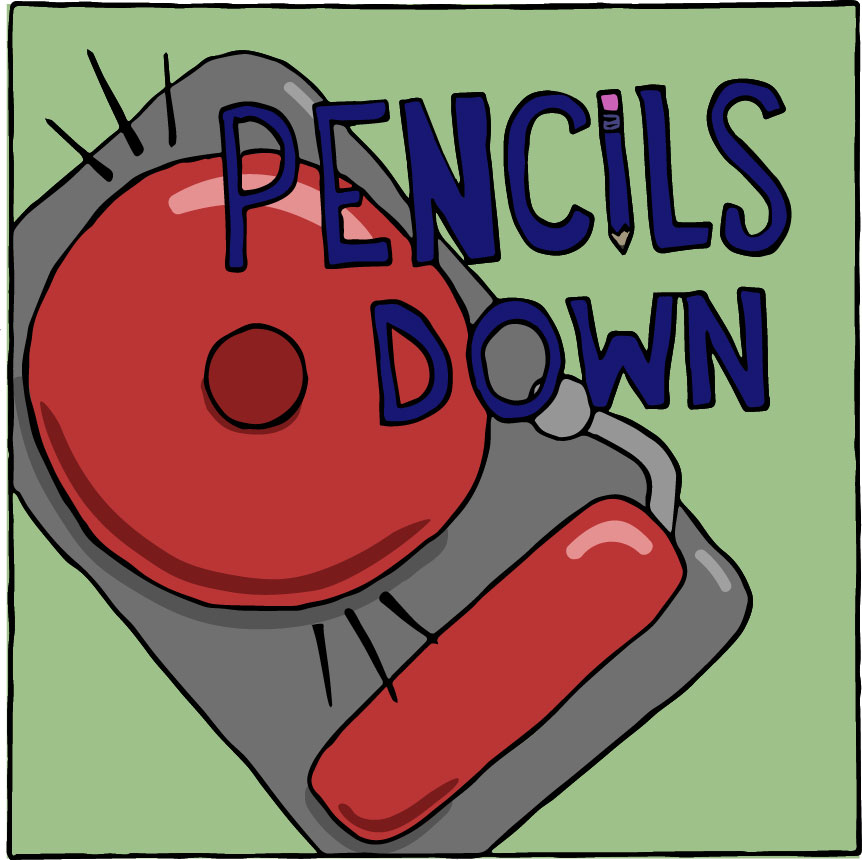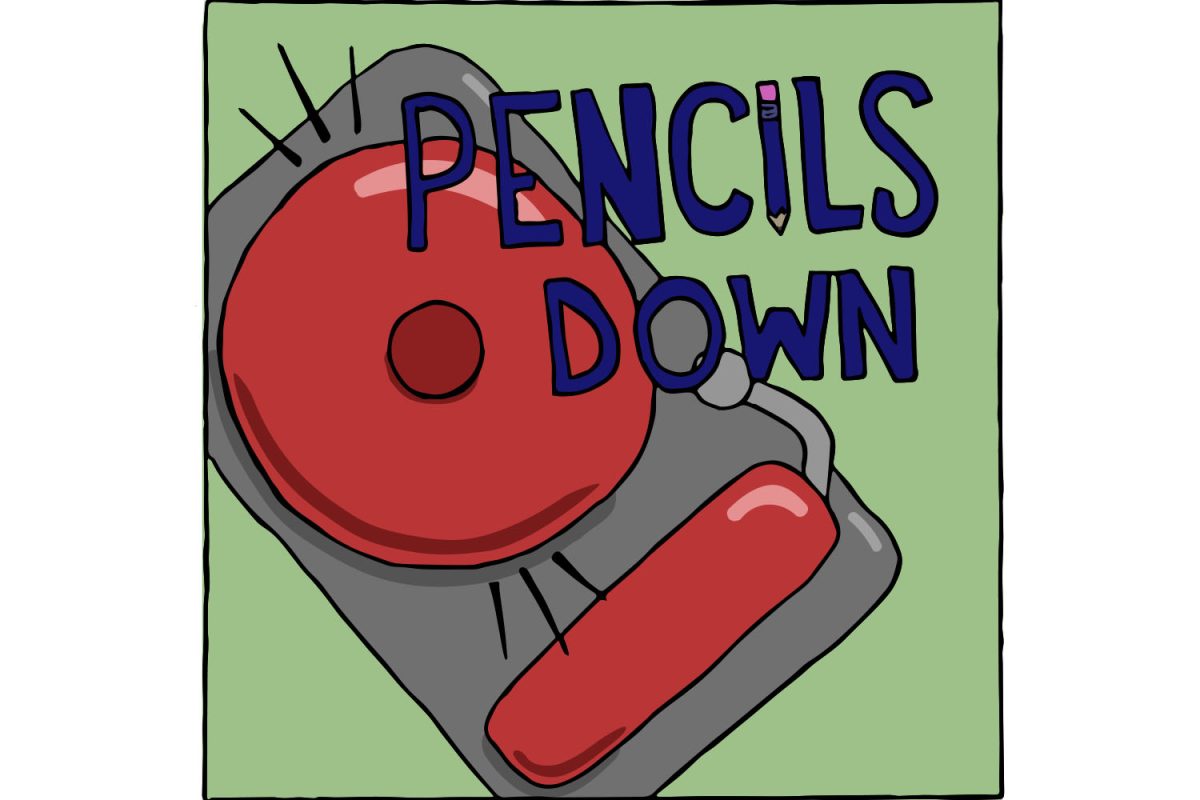When college sports had a two-month hiatus from July to late August, a monumental court decision may have changed how the NCAA, the major governing body of intercollegiate athletics, will conduct business in the future.
Right now, the NCAA forbids collegiate athletes from receiving payment from their school unless they are under scholarship that covers tuition, or room and board. Student athletes at Division III schools like Ithaca College are even more limited, as they cannot receive any financial aid on the basis of athletic performance.
But former University of California, Los Angeles basketball player Ed O’Bannon put this rule to the test when he sued the NCAA in 2009 after video game company EA Sports used Division I players’ likenesses to make millions on video games without giving any compensation to the athletes represented. EA Sports eventually settled the case and decided it would award a maximum of $4,000 to players represented in EA Sports’ collegiate video games.
However, on Aug. 8, a federal judge in California ruled that NCAA’s rules and bylaws violated the Sherman Antitrust Act, and that those earnings should be put in a trust fund and collected when those student-athletes are no longer under NCAA jurisdiction. Though these athletics programs are not legally forced to pay their student-athletes, major football and basketball programs will be at a recruiting disadvantage if such payment is withheld.
This perhaps is a promising sign that the U.S. justice system is finally telling the multi-billion dollar NCAA that it has to share its profits. However, is it enough to satisfy student-athletes? Probably not.
The television rights for the college football playoffs were just sold to ESPN for a price of $5.64 billion over a 12-year span, and as it stands right now, the student-athletes participating in this new playoff system will not see a dime of those television profits.
So while the NCAA is painstakingly forking over some of its revenue to the student-athletes for using their likeness, it is still making billions and not sharing it with the young people making that money.
I’m not advocating that Division III student-athletes receive a portion of the revenue, since most schools lose money on football, but now there is an opportunity to achieve necessary separation of the programs that are stronger and pull in tons of more money than others.
Florida State University, last season’s NCAA Football Champion, pulled in $34 million in revenue last season. Yet the University of Texas at San Antonio, which has only had football for three seasons, made just $1.5 million last season. Clearly, these two programs are not equal, but that’s OK because the NCAA is proposing a Power 5 conference where high-profit athletic schools compete under separate rules and could pay their athletes for the money they rake in for the respective universities.
In the end, the NCAA is still big business and won’t stop exploiting its high-profile athletes anytime soon. But the O’Bannon case is a glimmer of hope that can increase the fairness of college athletics in the years to come.



